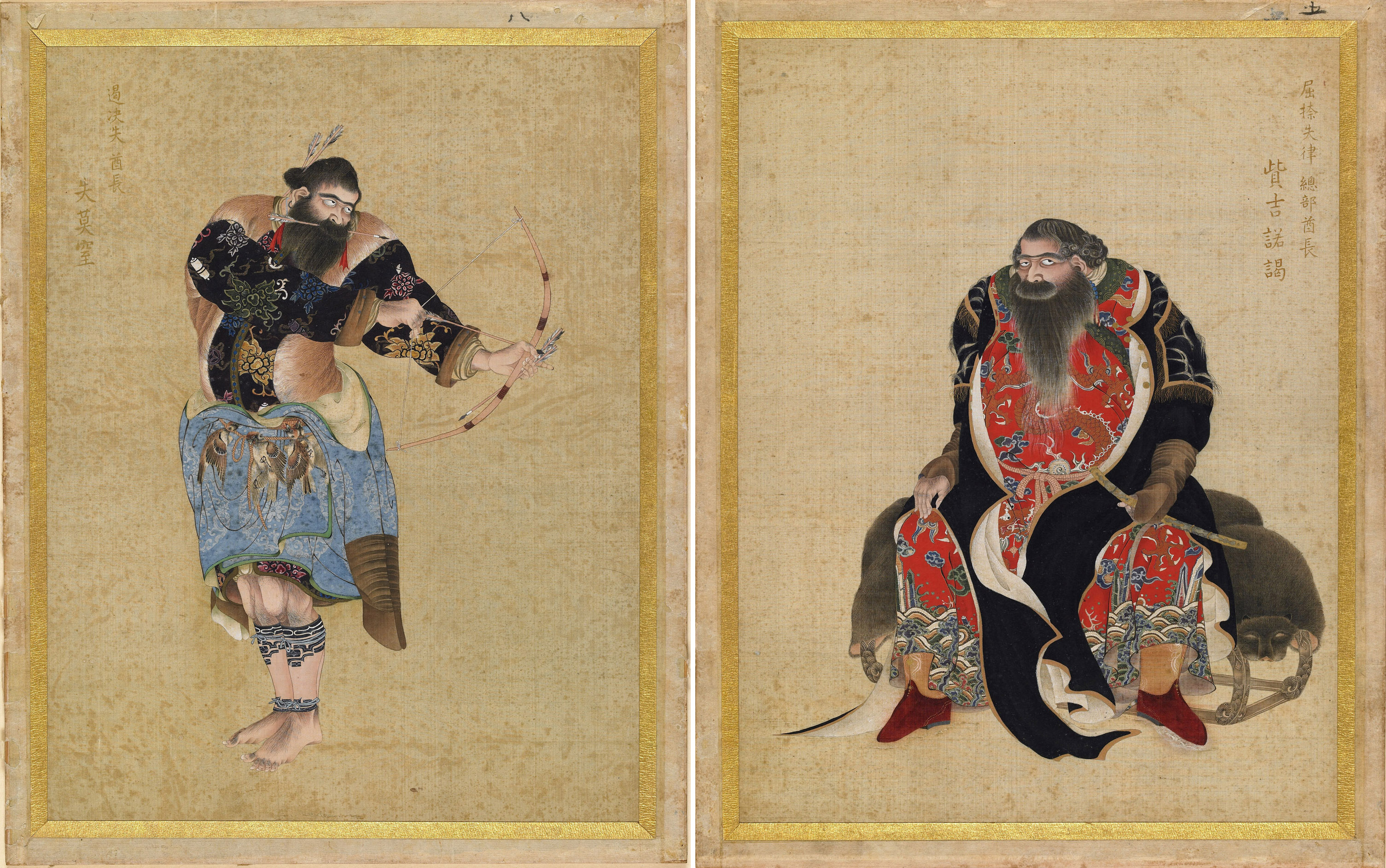In the Edo Period (1603-1868) and the years that followed, Japan made strenuous efforts to bring together its patchwork of feudal regions into a strongly centralized state with a unified culture. Accordingly, the nation now is one of the most homogenous in the world. But there are a couple of places where this strongly mono-cultural model begins to fray.
One is Okinawa, where there is a somewhat different identity, and the other is Hokkaido, where there are still some traces of the indigenous Ainu people and their culture. While recognizing these different ethnic areas could be problematic — leading to separatism, for example — completely ignoring them is not an option, so it is only fitting that efforts to acknowledge them are made. The exhibition "Ishuretsuzo, the Image of Ezo: Tracing Persons, Things and the World" at the National Museum of Japanese History — and from Feb. 25 at the National Museum of Ethnology in Osaka — should be viewed in these terms.
Significantly, the exhibition focuses on the Ainu not as a separate and independent culture but rather as symbiotic allies and auxiliaries of the Japanese. The curation was built around the Ishuretsuzo, a series of portraits of Ainu chieftains, painted by Hakyo Kakizaki (1764-1826), a samurai retainer of the Matsumae clan, who occupied the southern part of Hokkaido to defend the border.

















With your current subscription plan you can comment on stories. However, before writing your first comment, please create a display name in the Profile section of your subscriber account page.